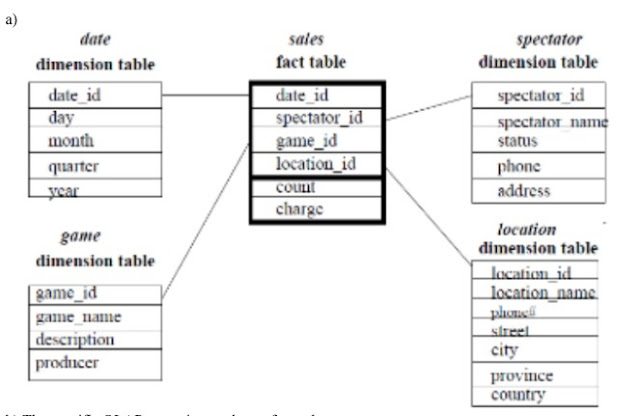Explain the platform as a service (PASS) and its characteristics.
Platform as a Service
- PaaS, or Platform as a Service, is simply a cloud basis where you can create, test, and organize various apps for your organization. Implementing PaaS streamlines the company's software development process.
- Paas's virtual runtime environment provides a conducive environment for creating and testing applications. The full set of resources available in the form of servers, storage, and networking can be managed by the organization or a platform provider.
- PaaS services such as Google App Engine and AWS Elastic Beanstalk are common examples. PaaS is also subscription-based, giving you various pricing options based on your business's needs.
- PaaS provides
The Essential Characteristics of PaaS
1. Runtime Framework
- This is the “software stack” aspect of PaaS, and perhaps the aspect that comes first to mind for most people. The PaaS runtime framework executes end-user code according to policies set by the application owner and cloud provider.
- PaaS runtime frameworks come in many flavors, some based on traditional application runtimes, others based on 4GL and visual programming concepts, and some with pluggable support for multiple application runtimes.
2. Abstraction
- Platform-oriented cloud platforms are distinguished by the higher level of abstraction they provide. With IaaS, the focus is on delivering to users “raw” access to physical or virtual infrastructure. In contrast, with PaaS, the focus is on the applications that the cloud must support.
- Whereas an IaaS cloud gives the user a bunch of virtual machines that must be configured and to which application components must be deployed, a PaaS cloud provides the user a way to deploy her applications into a seemingly limitless pool of computing resources, eliminating the complexity of deployment and infrastructure configuration.
3. Automation
- A PaaS environment is a bit like a swan on a pond — graceful and elegant above the water, and paddling its little legs off below the water. The aforementioned abstraction provides the elegant user experience “above the water,” while high levels of automation provide the “paddling” beneath the surface.
- PaaS environments automate the process of deploying applications to infrastructure, configuring application components, provisioning and configuring supporting technology like load balancers and databases, and managing system change based on policies set by the user.
- While IaaS is known for its ability to shift capital costs to operational costs through outsourcing, only PaaS is able to slash costs across the development, deployment, and management aspects of the application lifecycle.
4. Cloud Services
- PaaS offerings provide developers and architects with services and APIs that help simplify the job of delivering elastically scalable, highly available cloud applications. These cloud services provide a wide variety of capabilities, and in many instances are key differentiators among competing PaaS offerings.
- Examples of cloud services include services and APIs for distributed caching, queuing and messaging, workload management, file and data storage, user identity, analytics, and more. By providing built-in cloud services, platform offerings eliminate the need to integrate many disparate components and decrease the time-to-market for applications on the platform.



Comments
Post a Comment